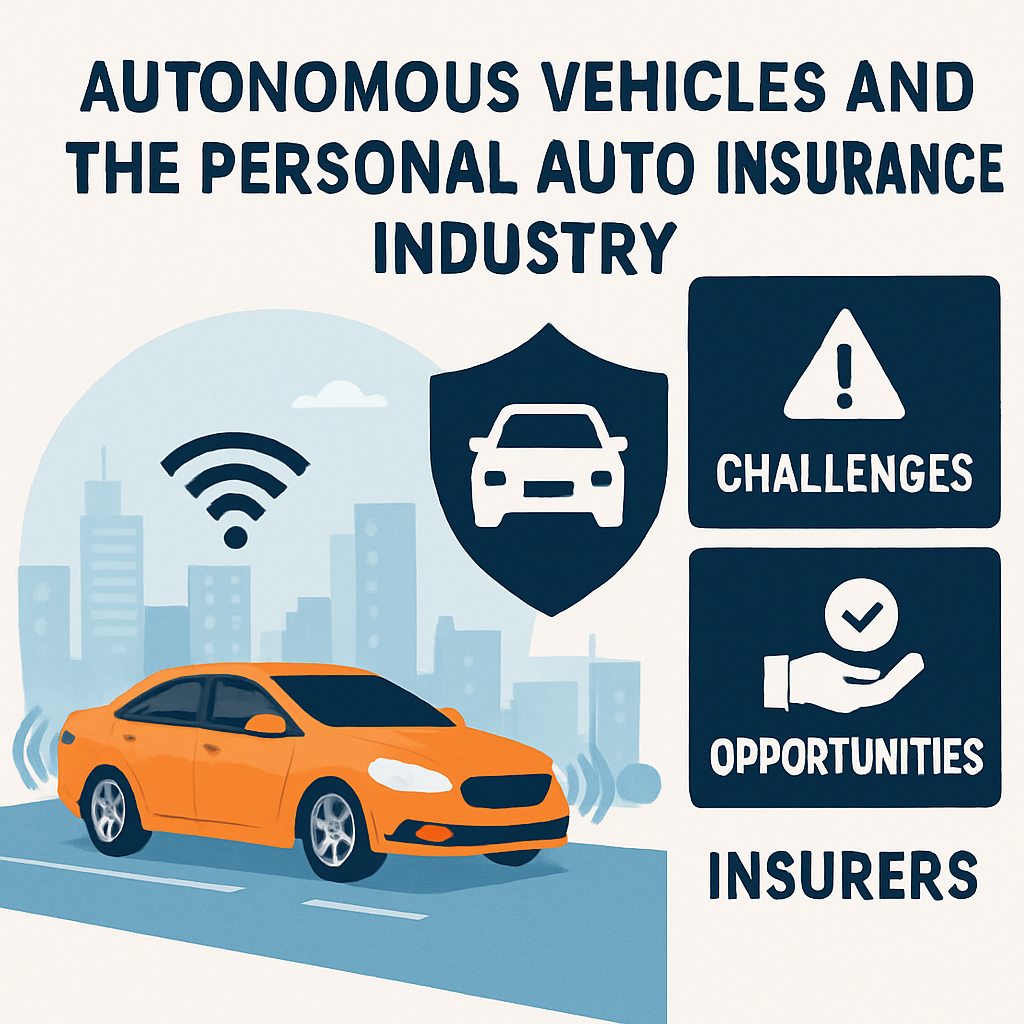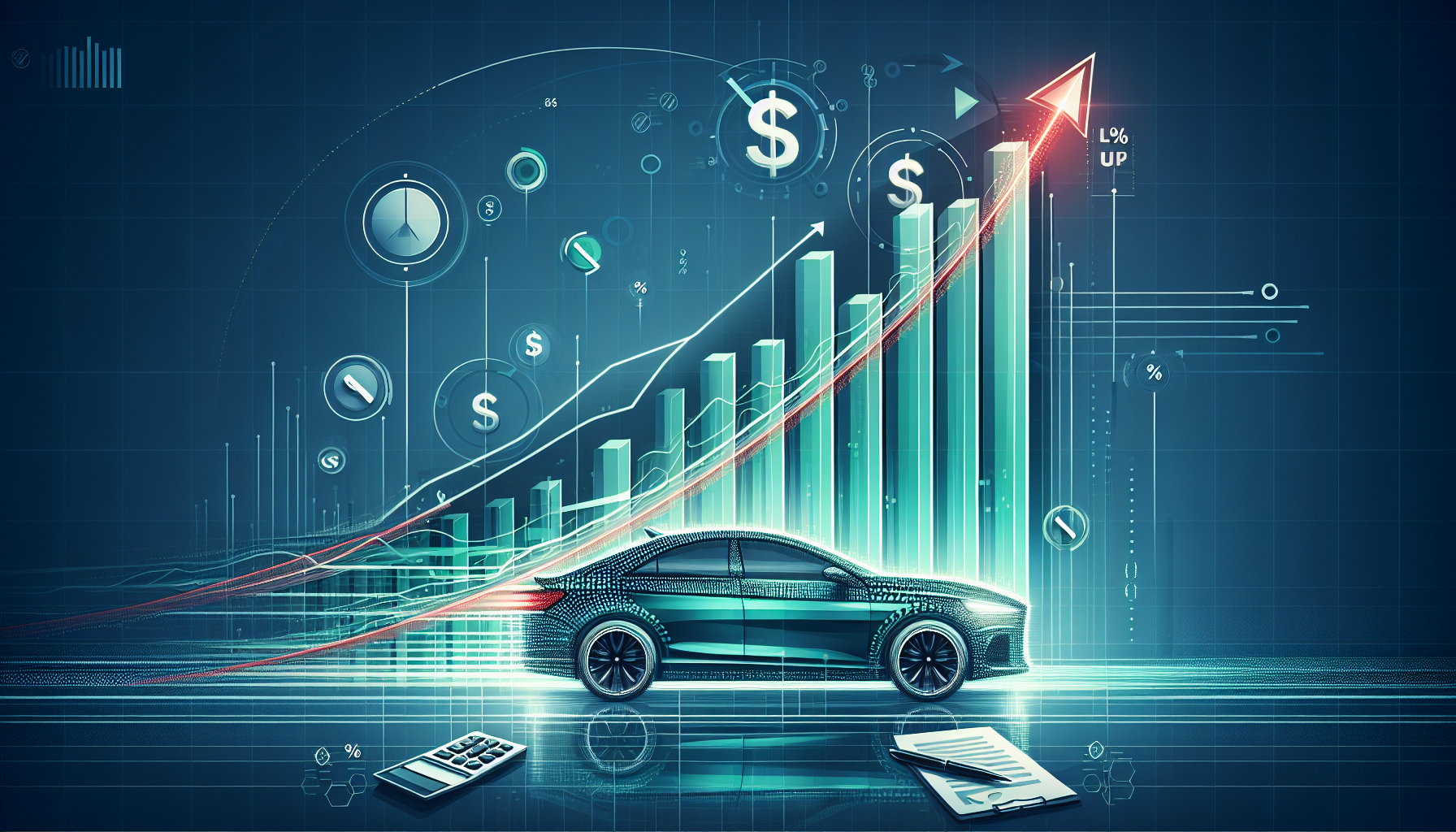2 min read
2018 Lookback – Personal Auto
2018 Lookback – Personal Auto by John Bachmann What makes an insurance year profitable? Early reports are showing a strong performance for...
2 min read
.jpg) Nicholas Lamparelli
:
Oct 8, 2025 10:46:52 AM
Nicholas Lamparelli
:
Oct 8, 2025 10:46:52 AM

The insurance industry stands at a crossroads as autonomous vehicles (AVs) begin their gradual but inevitable integration into our transportation system. According to Best's Review's October 2025 edition, this transformation presents both challenges and opportunities for personal lines auto insurance carriers, requiring a fundamental rethinking of traditional insurance models.
"The hope and intent are for autonomous driving to reduce, or even eliminate, the human component causing major accidents," notes Daniel Mangano, AM Best senior financial analyst. "This could lead to a material reduction in the frequency of accidents, improving overall loss performance." However, Mangano adds a crucial caveat: when accidents do occur with these sophisticated vehicles, repair costs will be substantially higher, potentially driving up severity.
The transition is already visible through partially automated vehicles using advanced driver-assist technology. Janet Ruiz, director of strategic communication at the Insurance Information Institute, emphasizes this reality: "It's happening now. We are watching to see what each company is going to do."
Goldman Sachs projects a measured transition, forecasting modest growth in auto insurance for the next 10-15 years. This timeline gives insurers a reasonable window to adapt their business models and develop new products. However, the changes are expected to be profound, with the auto insurance landscape shifting toward a more accident severity-driven product and potentially seeing significant legal liability shifts.
The transformation will occur in distinct phases. In the immediate term, insurers are already grappling with higher repair costs for vehicles equipped with sophisticated technology. The next phase will likely see the development of hybrid policies covering both human and autonomous driving modes, reflecting the mixed fleet of vehicles on our roads.
Looking further ahead, the personal auto insurance market is expected to contract, particularly in urban areas with high AV adoption. The concept of insuring individual drivers may become increasingly obsolete as liability shifts from drivers to manufacturers and technology providers. This shift could lead to a market dominated by large-scale corporate policies, with auto manufacturers and tech companies becoming the primary policyholders.
Claims processing will also evolve significantly. Investigations will become more complex, involving software and technical defect analyses rather than traditional driver behavior assessments. This evolution will require insurers to develop new expertise and potentially reshape their claims departments.
The industry is already seeing early adaptations. Major carriers like Allstate, Geico, Progressive, State Farm, and USAA, which currently command 66% of the market share, are preparing for the transition. Berkshire Hathaway Insurance Operations Vice Chairman Ajit Jain noted earlier this year that Geico and others are preparing to offer coverage for product errors and errors and omissions in vehicle construction.
However, opportunities exist alongside these challenges. Bob Passmore from the American Property Casualty Insurance Association remains optimistic: "Companies will always look for new products and new risks that need coverage. Maybe the nature of the auto risk evolves, but there could be another one coming down the pike."
The key for insurers will be maintaining flexibility and adaptability during this transition. While the fundamental shift toward autonomous vehicles is clear, the exact timeline and impact remain subject to various factors, including technological advancement, regulatory changes, and consumer adoption rates.
This transformation surely represents one of the most significant changes in the history of auto insurance. In my view, while AVs do present both challenges and opportunities, for the unprepared auto insurer, this evolution will be painful and could be existential.

2 min read
2018 Lookback – Personal Auto by John Bachmann What makes an insurance year profitable? Early reports are showing a strong performance for...

2 min read
The U.S. personal auto insurance sector continues to demonstrate remarkable resilience and recovery, according to AM Best's latest market segment...

5 min read
Can Insurtech Combat Systemic Racism In Auto Insurance Pricing? There Is Hope. by Brett McKenzie Research shows that people of color...